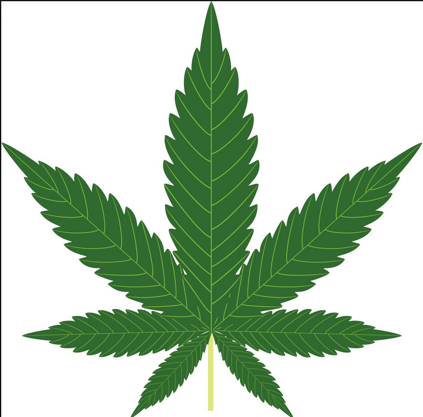Drug Use Disorder found 10% Americans | Mental Health Update


 Almost 10% of Americans have had DSM-5 drug use disorder (DUD) at some point in their life, many of them also with potentially disabling comorbidities, according to a large national survey.
Almost 10% of Americans have had DSM-5 drug use disorder (DUD) at some point in their life, many of them also with potentially disabling comorbidities, according to a large national survey.
Complicating matters further, fewer than 25% have received treatment for DUD, according to data from the first nationally representative survey of individuals after Diagnostic and Statistical Manual of Mental Disorders, Fifth Edition (DSM-5) replaced DSM-IV in 2013.
"Given the rates are as high as they are, and in view of the fact that the treatment rates are so low, doctors need to be more aware and develop more skills regarding the identification of potentially problematic cases of drug use problems," Dr. Bridget F. Grant, of the National Institute on Alcohol Abuse and Alcoholism in Rockville, Maryland, told Reuters Health.
"We found that there was a lot of disability associated with drug use disorders, and that suggests for clinicians that treatment should continue to not only address the drug-related symptoms but also target the functional impairment that accompanies drug use disorders," she said.
Dr. Grant and colleagues analyzed data from the 2012-2013 National Epidemiologic Survey on Alcohol and Related Conditions-III (NESARC-III). Almost 1,000 trained and experienced lay NESARC-III interviewers collected data on 12-month and lifetime DUD by surveying individuals about use of amphetamines, cannabis, club drugs, cocaine, hallucinogens, heroin, non-opioid heroin, sedatives/tranquilizers, and solvents/inhalents.
The researchers found the prevalence of 12-month DUD to be 3.9% and the prevalence of any lifetime DUD to be 9.9%, with lifetime prevalence representing more than 23.3 million people, they report online November 18 in JAMA Psychiatry.
The researchers pointed out that since the survey data excluded institutionalized individuals, including ones in jail, prison, or on active military duty, the prevalences may be underestimated.
"Thus, a large number of US adults were affected by DUDs, as were an unmeasured additional number of individuals in the families and social networks of those with the disorder," the researchers wrote. "Further, DSM-5 DUD was characterized by considerable psychiatric comorbidity and disability, thus indicating a serious condition."
The team found that DUD was associated with alcohol and nicotine use disorders, as well as comorbid psychiatric conditions including major depressive disorder, bipolar I disease, dysthymia, post-traumatic stress disorder, and panic disorders.
"The reasons for not seeking treatment have to do with people's perception that treatment just isn't effective," Dr. Grant said. "However, in the last decade, in particular, we've had real advances in both behavioral and pharmacological treatment. Clinicians, the public, and policy makers need to be educated about the effective treatments." Clinicians have to ask about a person's drug use, to find out if they're having problems, and that doesn't always happen. We have a lot of screening tests to screen for individuals with drug use disorders and I think they should be used more in clinical practice," she said.
Clinicians have to ask about a person's drug use, to find out if they're having problems, and that doesn't always happen. We have a lot of screening tests to screen for individuals with drug use disorders and I think they should be used more in clinical practice," she said.
When patients do present with DUD, clinicians should screen for other psychiatric disorders,” she concluded. This was first published in JAMA Psychiatry 2015.


